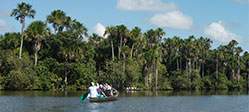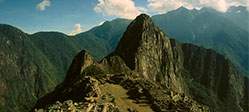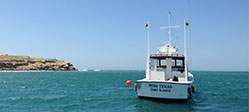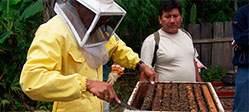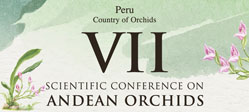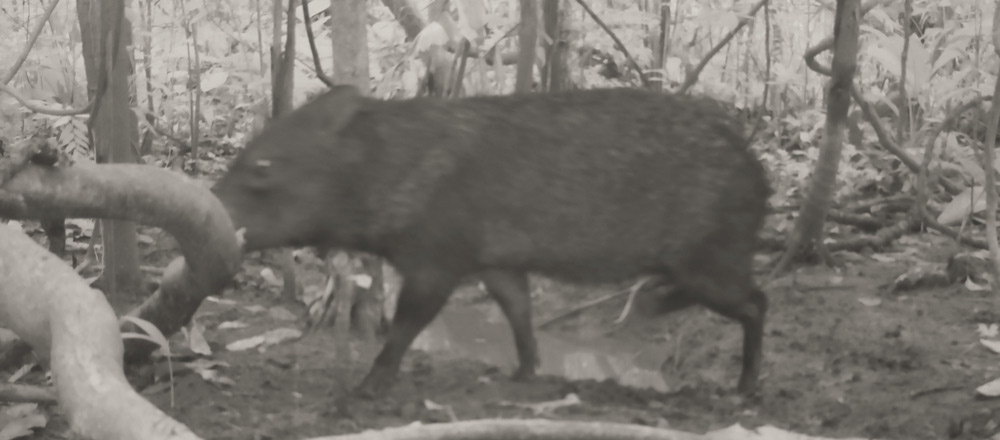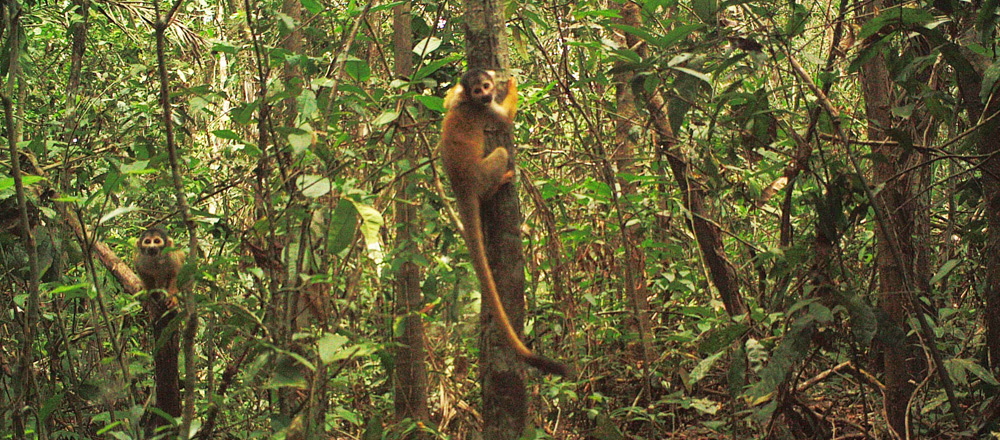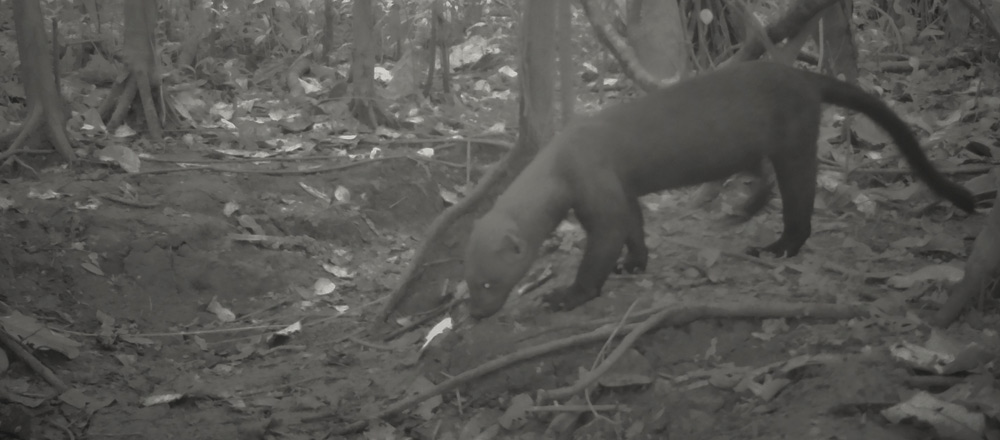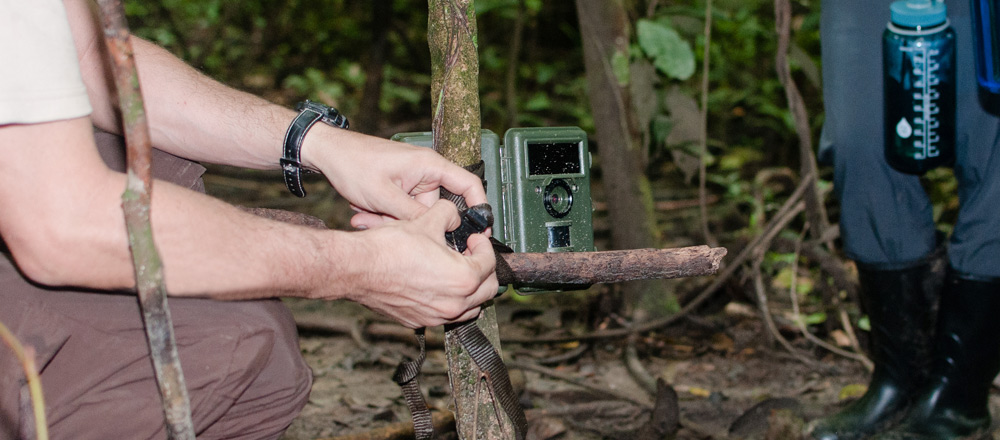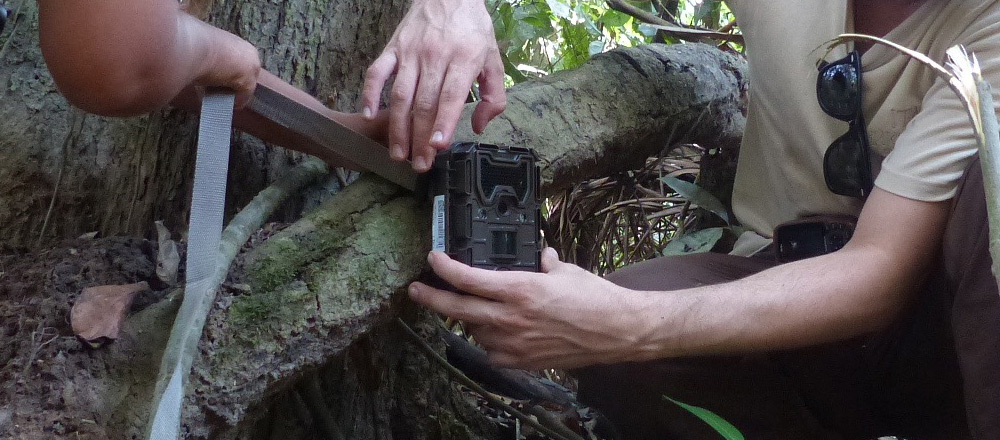Research > Rainforest > Fauna Monitoring
Since 1978, Inkaterra Asociación has produced fauna inventories to determine the baseline and measure ecotourism’s long-term impact over biodiversity.
In the Amazon rainforest of Madre de Dios, 362 ant species have been registered (project sponsored by Harvard biologist E.O. Wilson), as well as 83 reptile species, 66 amphibian species, 205 butterfly species and over 100 mammal species. Five new amphibian species to science have been recorded– Dendropsophus allenorum, Scinax ictericus, Phyllomedusa atelopoides, Altigius alios y Dendropsophus koechlini, dedicated to José Koechlin for his commitment to scientific research.
A motion-sensitive camera trap system installed in the surroundings of Amazon Field Station byInkaterra, allows researchers to register wildlife behavior at Inkaterra Asociación’s areas of influence. With more than 1000 photos per camera on a monthly basis, 39 animal species have been identified to this date, such as the margay (Leopardus wiedii), the giant armadillo (Priodontes maximus), the tapir (Tapirus terrestris), the collared peccary (Tayassu tajacu), the white-lipped peccary (T, pecari), the tayra (Eira barbara) and the tamandua (T. tetradactyla).
-
Mammals
The presence of representative mammals native to the Amazon, such as the jaguar (Panthera onca), the two-toed sloth (Choloepus didactylus), the Howler monkey (Alouatta seniculus) or the giant river otter (Pteronura brasiliensis), evidences the success of conservation initiatives managed by Inkaterra Asociación.
Through track analysis and other indicators, areas with high potential for the presence of mammals (trails, creeks, clay licks, or the forest canopy) are identified and monitored.
-
Reptiles and Amphibians




